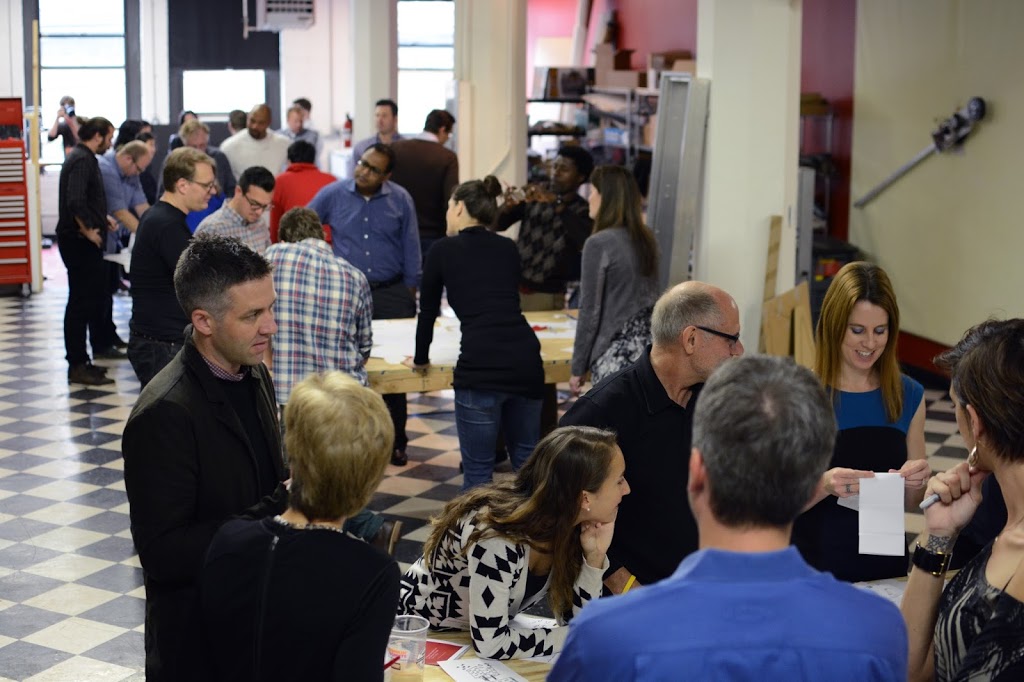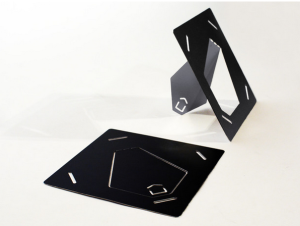
DesignHouse Takes CIW-Inspired Piece to Kickstarter
A CIW–designed piece hits Kickstartertoday, thanks to an October 14 Labhosted by DesignHouse. The design and innovation firm teamed with Skol Manufacturing—a local family-run manufacturing company—and CIW attendees to bring “Reveal,” a sleek, metal picture frame, to the market.
DesignHouse’s first Kickstarter product, Reveal has 50 backers thus far and is the result of DesignHouse’s “crazy, one week sprint” to build a product from a concept developed at its CIW Lab. Over 20 CIW attendees participated in the “design jam,” a product development process that founding partner Pam Daniels stresses is “different than a typical brainstorm” because of its tangible, hands-on focus. In other words, “you get to start making stuff right away.”
Among the designs that arose from the brainstorm—which included a belt buckle and light fixtures, among others—Reveal was distinct in its simplicity, ease of use and wide potential market. Unlike a typical store-bought frame, Reveal has no glass panel to protect photos that can easily be reprinted.
“The photo has changed radically…and no one’s really rethought the frame,” Daniels said. “We got really excited for the opportunity for the artifact that displays the photo to keep pace with the way photo-taking has changed.”
The product also fits neatly into DesignHouse’s broader mission to connect designers directly to manufacturers. Comparing its methods to the farm-to-table movement, DesignHouse urges designers to design based on available, locally-sourced materials and manufacturing methods. At the CIW Lab, for instance, Skol Manufacturing owner and President Ray Skol was on hand to answer questions and brainstorm solutions.
“Computer-aided design has become so ubiquitous, and the computer will let you do anything. It will not tell you: Metal does not bend like that. You cannot do that,” Daniels said. “It’s helpful and useful to start from what it really takes to fabricate a physical thing.”
Daniels hopes that these methods will not only result in products whose designs are based in a strong manufacturing foundation, but also lead to a more general return to the U.S.’s manufacturing roots.
“Design is a key part missing in the equation about how to revitalize U.S. manufacturing,” Daniels stressed.






